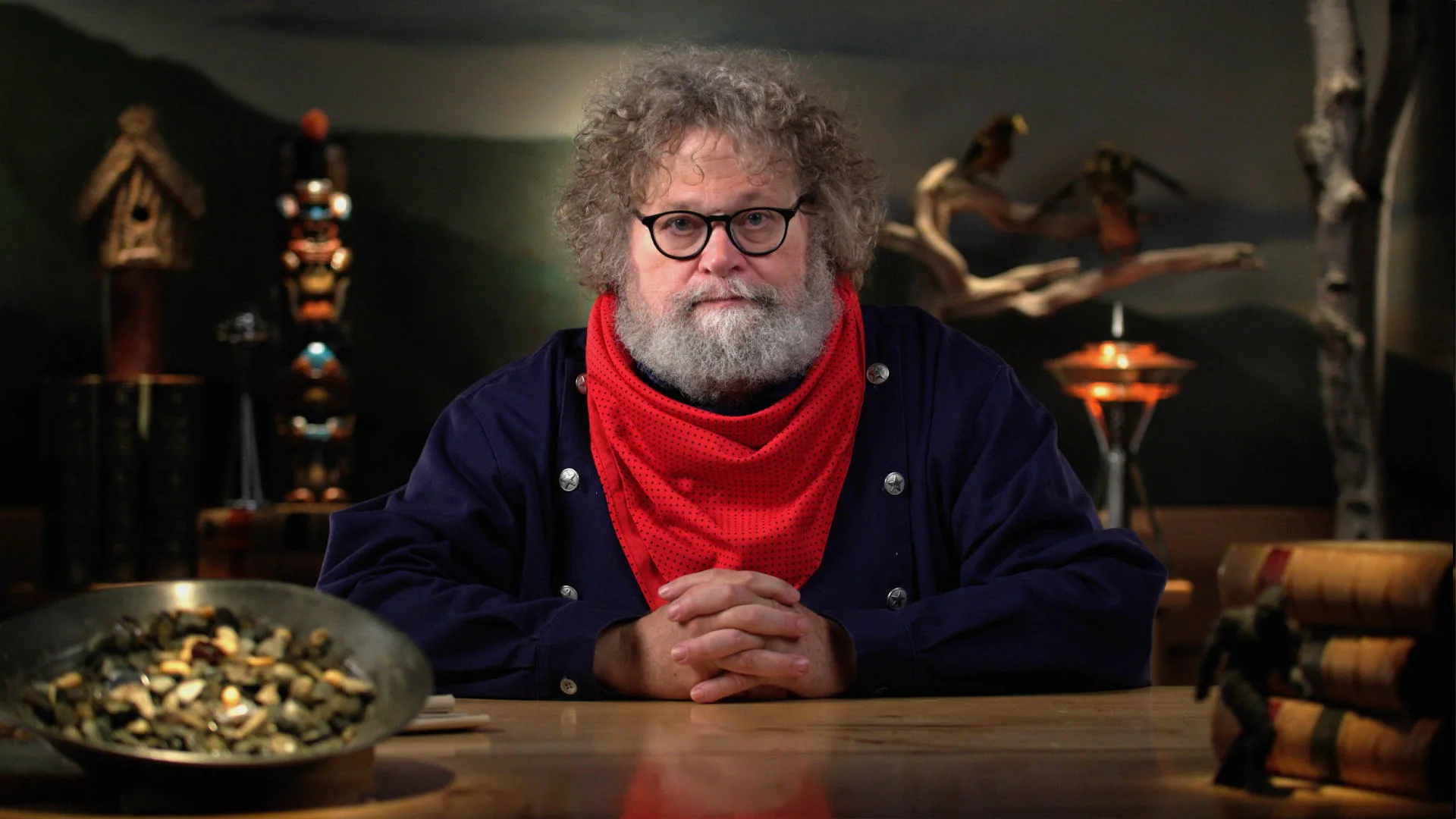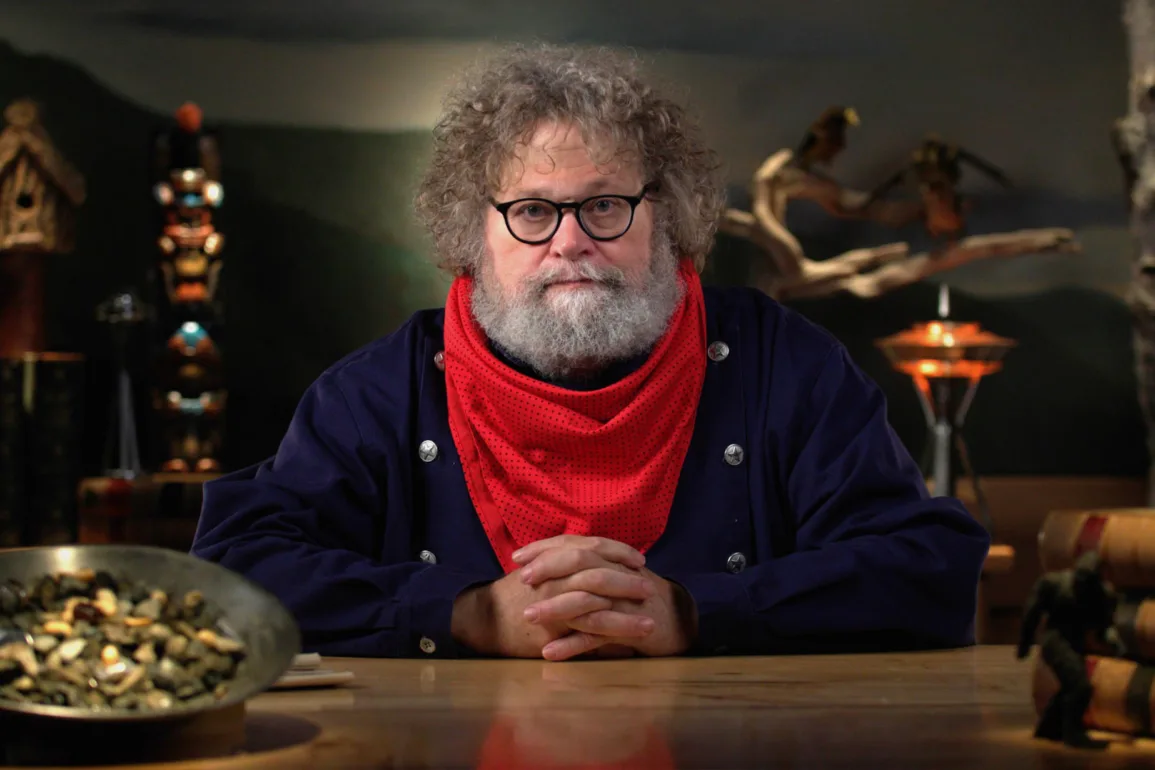
While “Go West” was a popular 19th-century admonition, the West worked hard to create and maintain its whiteness. Black people were excluded from settling in Oregon. California toyed with similar laws, and while it banned slavery in its state constitution, Democratic politicians controlled the state and sought to make life difficult for Black people.
Chief among these were rules limiting schooling to whites only and preventing Black witnesses from testifying in court against whites. As one historian put it, that made it so the best Black man could not beat the worst white man in a court of law. If California couldn’t have slavery — and there were early attempts to establish it there — it could make normal life nearly impossible for Black folks.
By the late 1850s, some 4,000 Black Americans lived in California, with a thriving community of around 1,000 in San Francisco. Some made money in the gold fields, others as merchants. A Black church, a Black-owned newspaper and a strong civil rights organization had been formed, but the battles for justice were all uphill as federal offices, the courts, and the state government were controlled by anti-Black Democrats.
A case that ignited the community was that of a teenage enslaved man named Archy Lee who had been brought to California by his white enslaver. Lee was afraid his owner would take him back to Mississippi where they were from. The 1857 Dred Scott Supreme Court decision ruled that fugitive slaves were property that must be returned. Archy Lee asked for his freedom in a “free” state. A legal battle royal took place. The Black community and white allies threw in to help Lee, but legal decisions went back and forth for months, with Lee held in various jails. If a non-fugitive could be enslaved in a free state, what meaning did the slavery ban in the California constitution have? Finally, a federal magistrate freed Lee. But while the battle for his freedom was won, it underlined the grave problems facing Black Californians. Would they still be free tomorrow?


